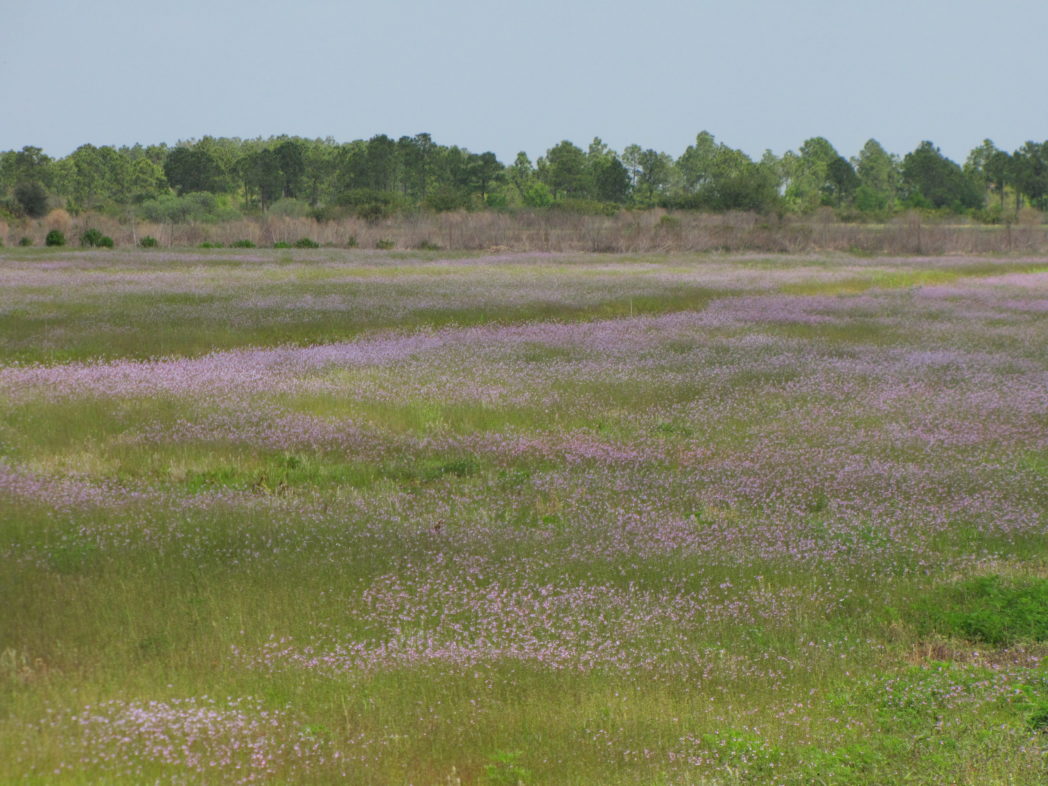Bloom Report: Spring wildflowers — small is beautiful
Pictured above: A field of Toadflax (Linaria canadensis) in Southwest Florida. Photo by Jeff Norcini
Many of Florida’s spring native wildflowers have large, showy flowers — such as Iris and Purple thistle. But some common ones may be underappreciated because their flowers are small, near the ground, or just positioned on the stem where they may be hard to see. However, they are quite beautiful when viewed close up.
Below are some of the common ones in this category. All occur statewide (although not in every county) except Bay lobelia, which occurs from Madison County to South Florida. All are full sun/high pine shade species except for the violets, which are more common in indirect sun and deciduous hardwood forests. Click on the wildflower name for flower images.
- Pineland daisy (Chaptalia tomentosa), moist (pictured below)
- Whitemouth dayflower (Commelina erecta), slightly moist to slightly dry
- Canadian toadflax (Linaria canadensis), slightly dry to slightly moist
- Bay lobelia (Lobelia feayana), moist
- Orange milkwort (Polygala lutea), slightly moist to moist
- Primroseleaf violet (Viola primulifolia), slightly moist to moist
- Common blue violet (Viola sororia), slightly moist to moist (pictured below)
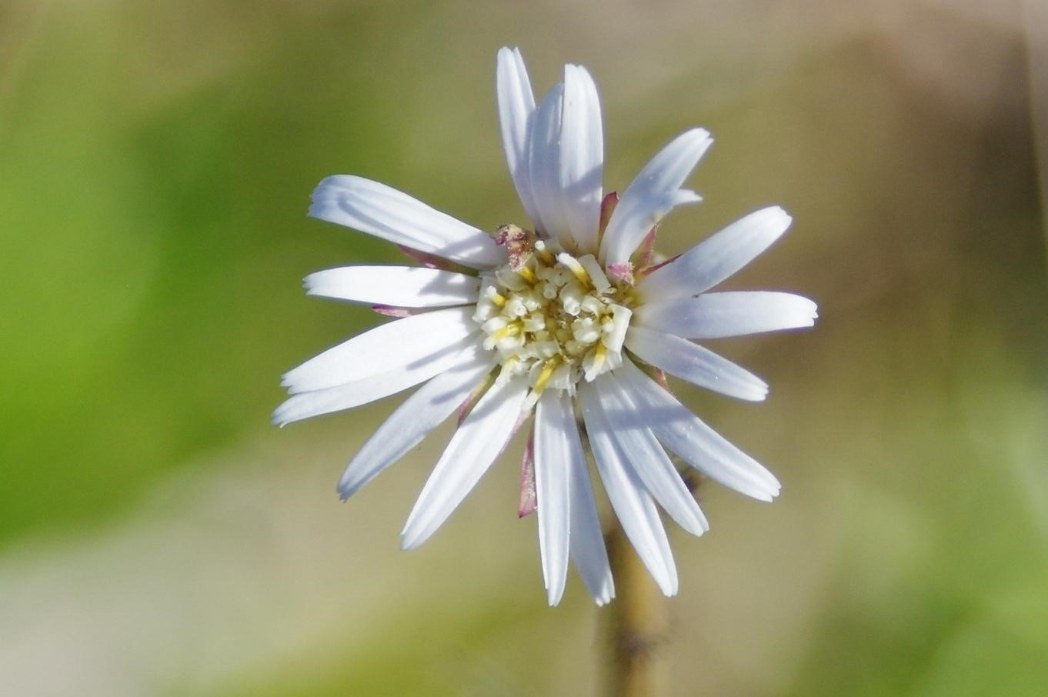
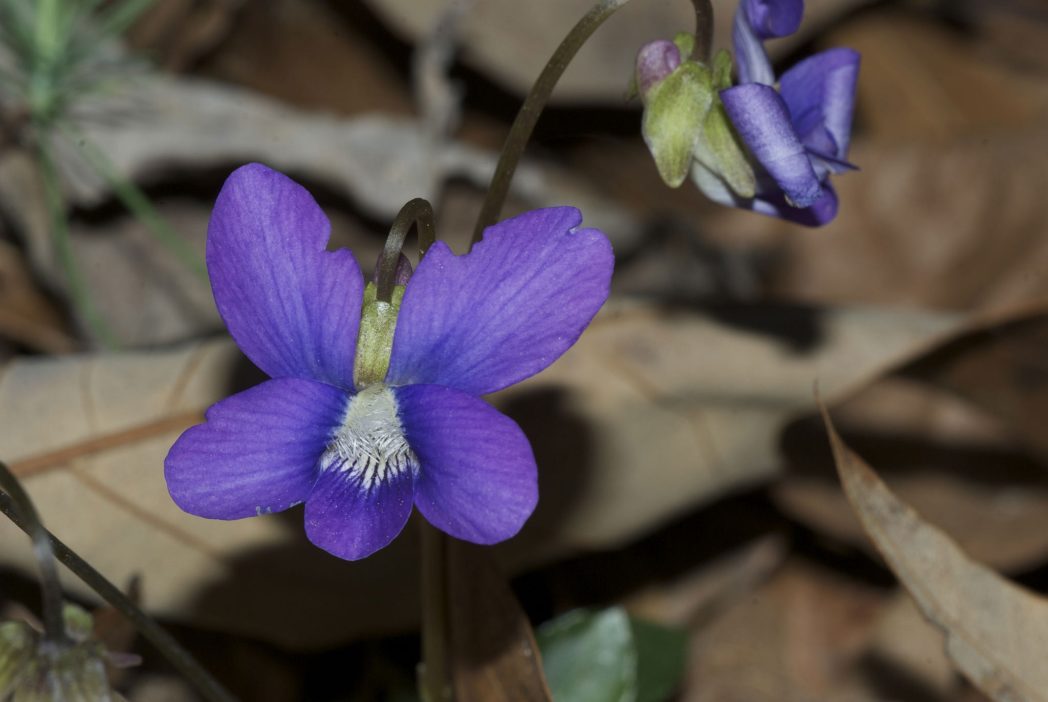
On the opposite end are common species that are very conspicuous when blooming, standing out even when a single plant is in bloom. Species listed below occur statewide (although not in every county) except Lanceleaf tickseed, which occurs from the Panhandle to Central Florida. All are found in full sun to high pine shade.
- Fewflower milkweed (Asclepias lanceolata), moist to wet
- Purple thistle (Cirsium horridulum), slightly dry to slightly moist
- Lanceleaf tickseed (Coreopsis lanceolata), slightly dry to slightly moist
- Leavenworth’s tickseed (Coreopsis leavenworthii), moist to wet
- Iris (Iris. virginica; I. savannarum), moist to wet
- Butterweed (Packera glabella), moist to wet
- Zephyrlily (Zephyranthes. atamasca var. atamasca; Z. atamasca var. treatiae; Z. simpsonii), slightly moist to moist
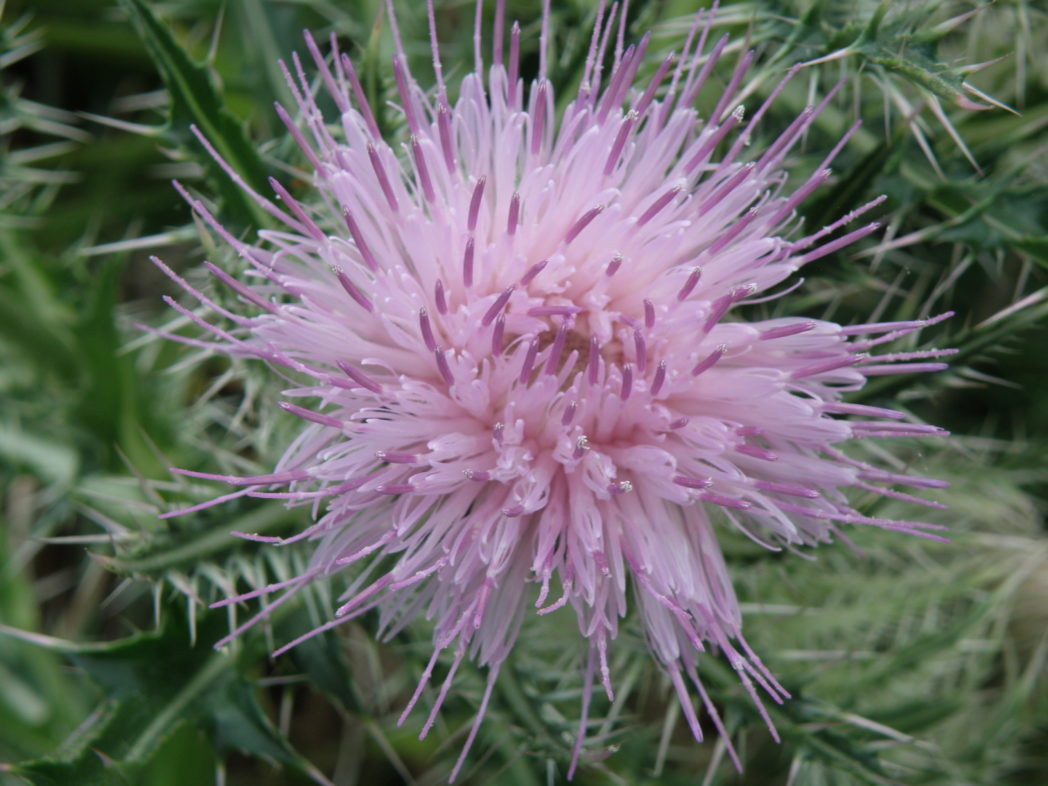
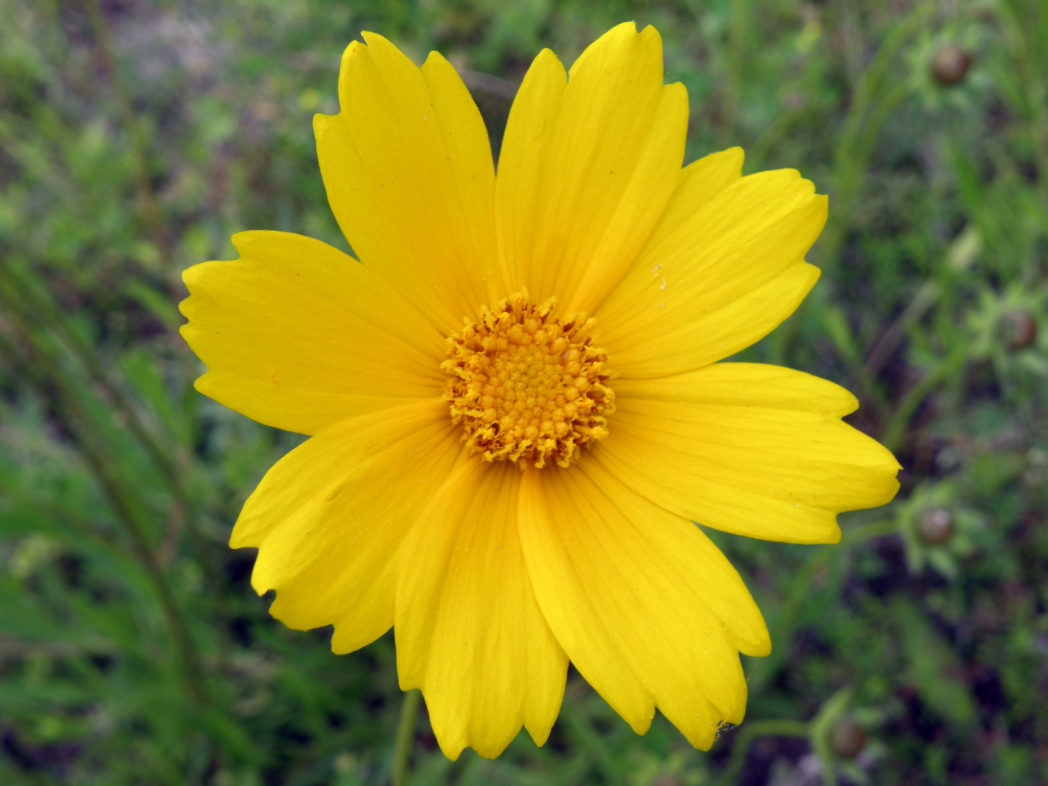
Where to look? Moist areas are best
Considering that spring is expected to be drier than normal, the best places to see wildflowers will be in moist areas – ditches and swales on roadsides, especially in rural areas and moist pine flatwoods. Two notable exceptions that seem “weatherproof” are Goldenmane tickseed (Coreopsis basalis)* and the non-native Annual phlox (Phlox drummondii). Large populations of pink to purple phlox are a familiar sight from late winter to mid-spring from the Big Bend to Tampa/St. Petersburg. Equally showy are the large swaths of Goldenmane tickseed in fields and along roadsides in North Florida; peak bloom is late April to mid-May.
For specific locations to view wildflowers, try one of the wildflower routes developed by the Foundation. Visit the What’s in Bloom page for route maps and reports.
Also, be aware that some wildflowers may be popping up a bit earlier than normal. Early flowering seems to be the trend based on many of the previous springs, at least in the Panhandle. However, South Florida’s native plant and orchid guru Roger Hammer pointed out, “Most everything down here blooms throughout the winter anyway, so it’s difficult to tell if anything is ‘early’ or not.”
Finally, when you are out enjoying the spring beauty that Mother Nature has blessed us with, please don’t pick wildflowers. If you want to preserve a wildflower memory, take a picture – it will last longer. Many of our native wildflowers reproduce only by seed. Picking a flower reduces the ability of that plant to reproduce and for that population of wildflowers to sustain itself.
*Is it native? Read about Goldenmane tickseed (Coreopsis basalis) and the issue of nativity.
Dr. Jeff Norcini is a former University of Florida horticulture researcher and owner/principal of the consulting firm OecoHort LLC, based in Tallahassee.

